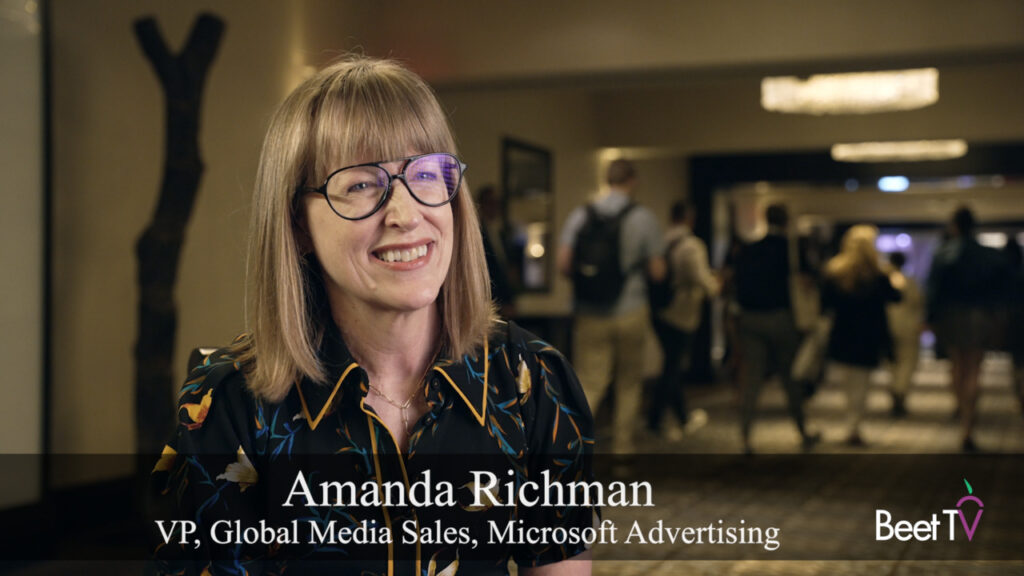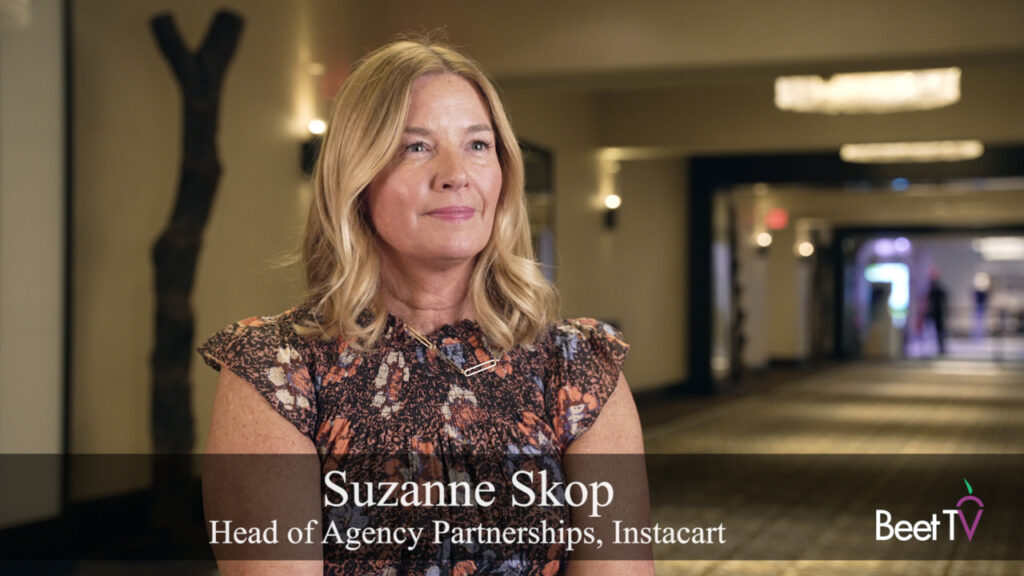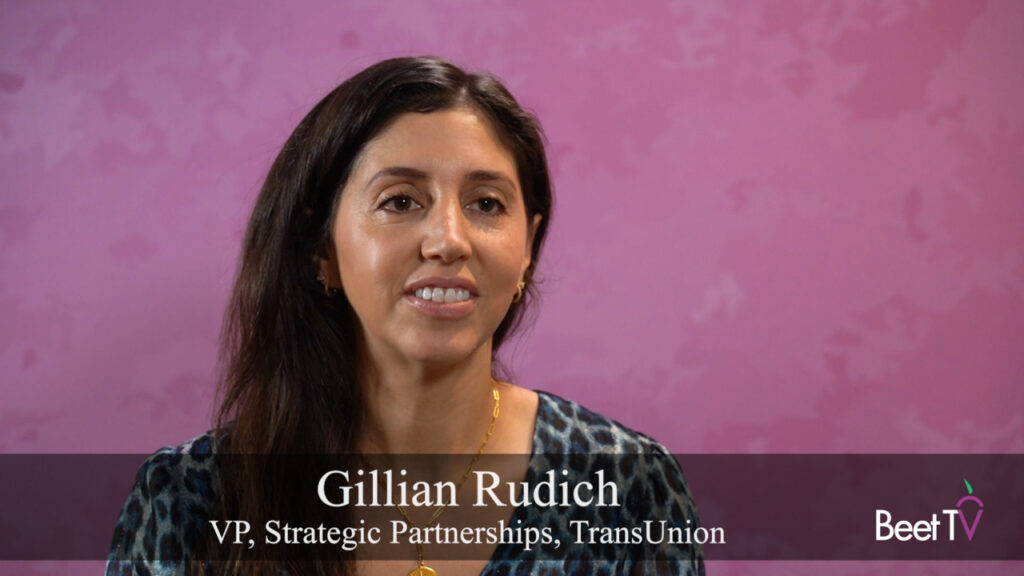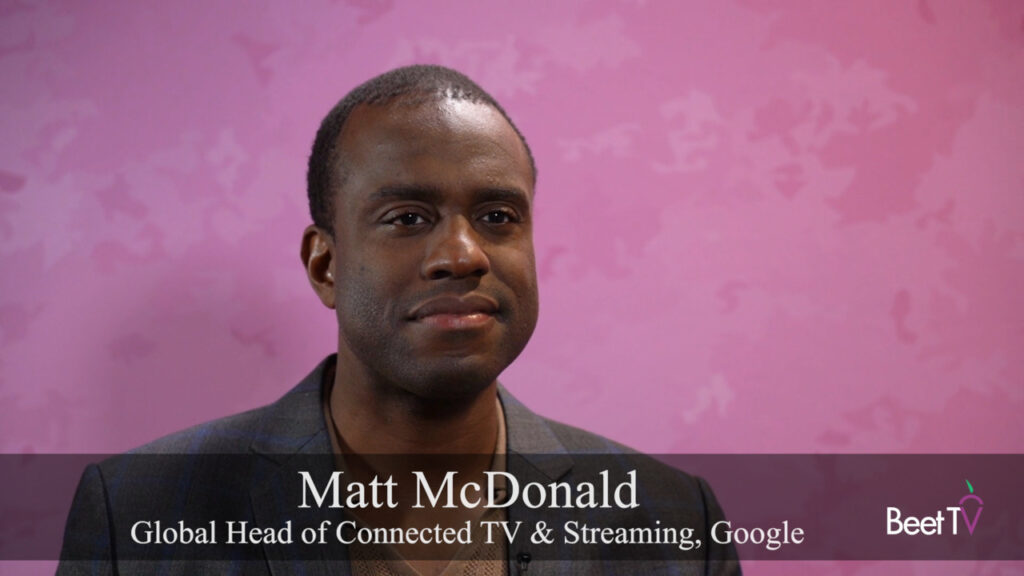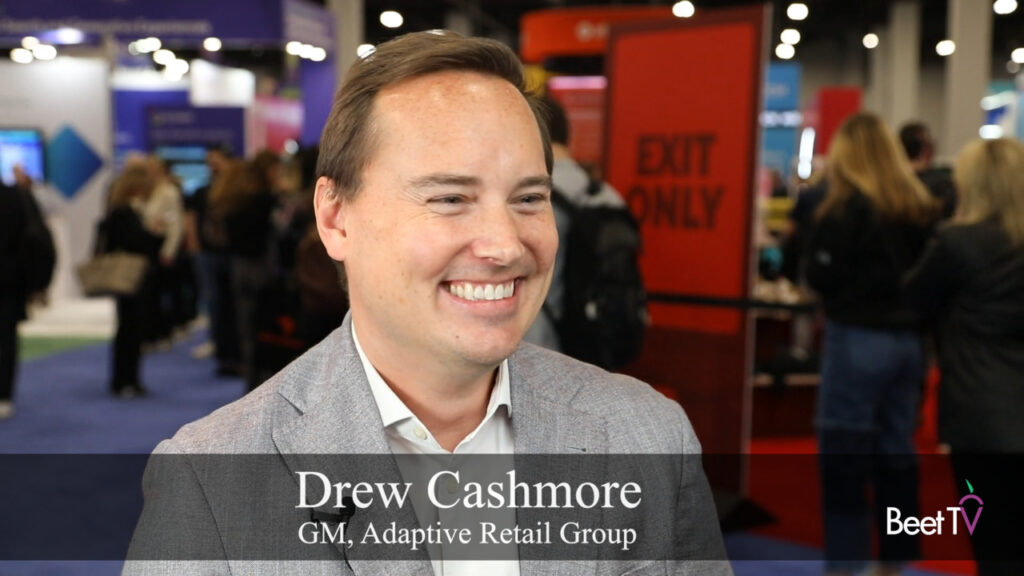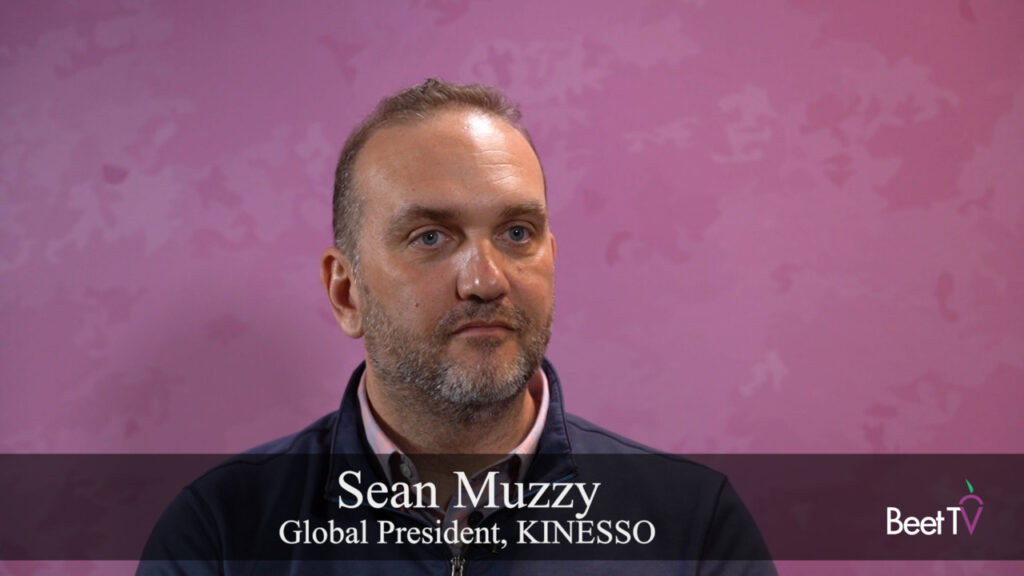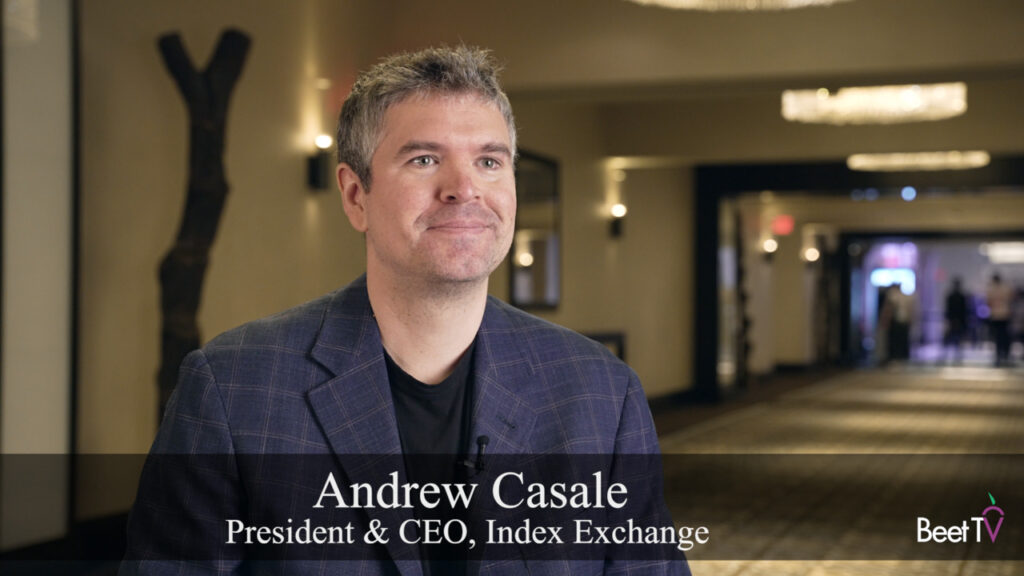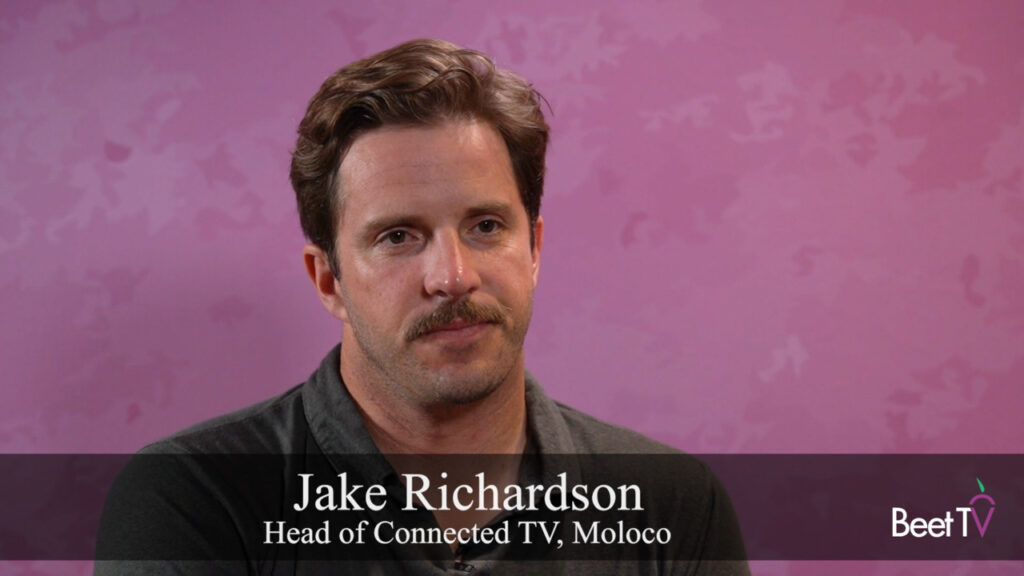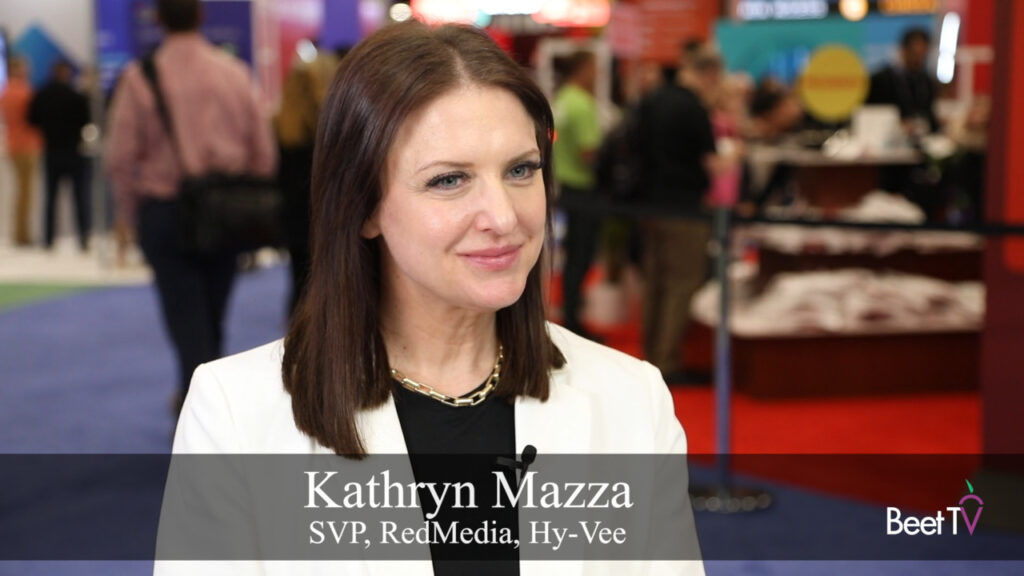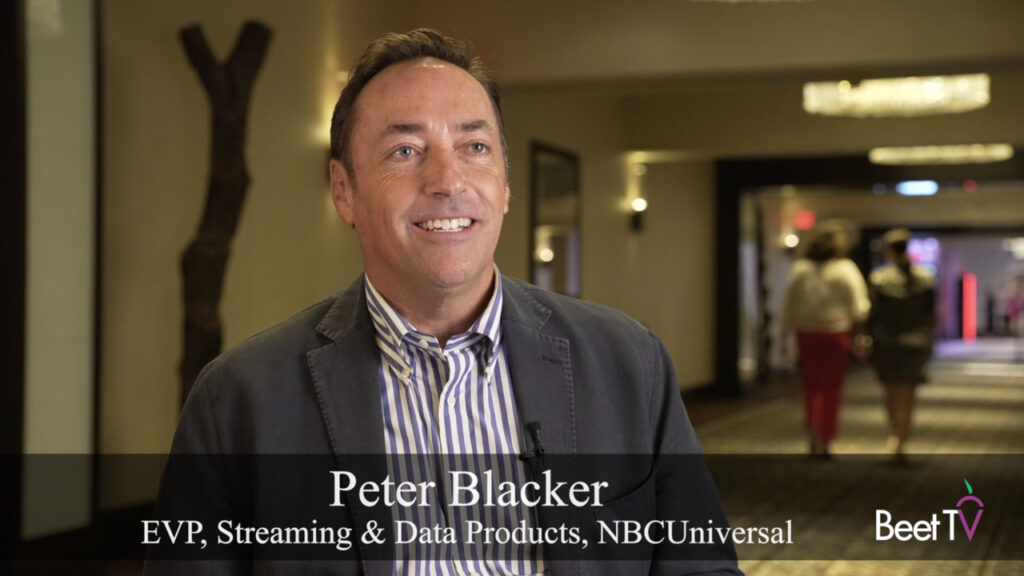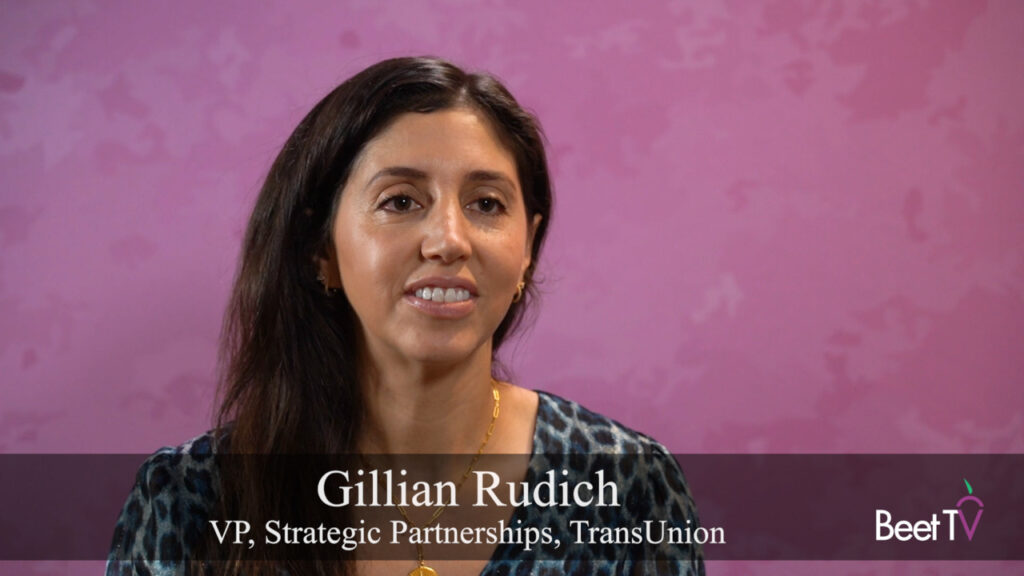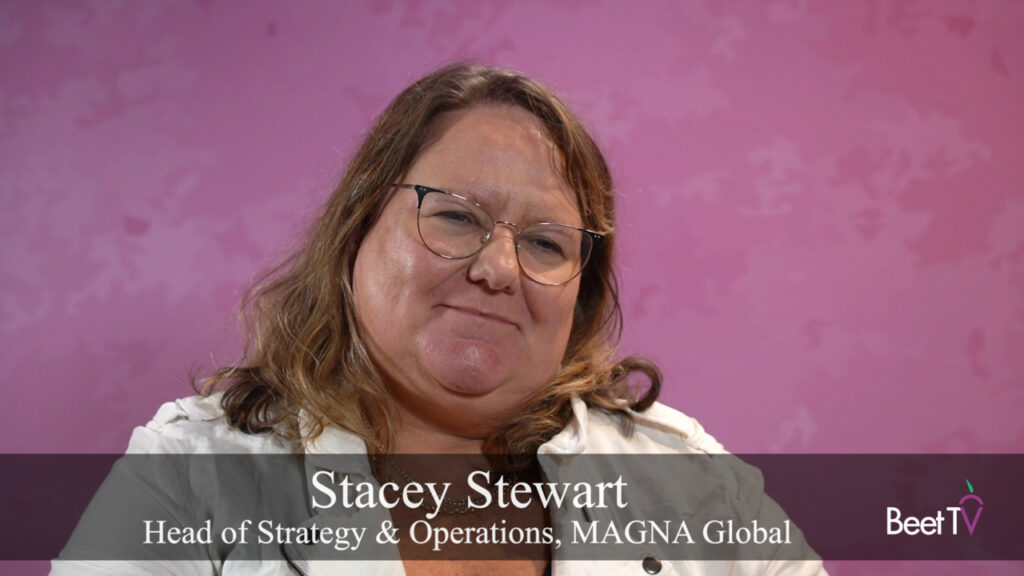MIAMI – Some people are anxious because addressable television ads represent a mere one percent or so of total TV spending. Then there’s Andrew Ward, who suggests that everyone take a step back and consider how far things have come in the past decade.
Back in 2006, when Comcast first debuted addressable ads in Huntsville, Alabama, the media world was analog only. “Trying to launch a digital-like solution like addressable on the back of an analog architecture was a little like pushing a string,” Ward says during a panel discussion at the recent Beet.TV Retreat 2016.
Now Ward is Group Vice President of Comcast 360 Media, which helps advertisers manage digital convergence across the full scope of Comcast’s multi-platform media properties. His dry humor on full display during an interview by moderator Tim Hanlon of The Vertere Group, Ward says there was “a fair degree of separation of church and state” between the advertising and distribution business inside Comcast.
“I remember being at an investor conference where Brian Roberts was speaking not long after I joined the company,” Ward recalls. “He said ‘well, we’re really not in the ad business.’ And I said wow this was a bad career choice on my part.”
That was because advertising was the tail on a $40 billion distribution dog. Then came Comcast’s acquisition of NBCUniversal, wherein advertising became the second largest standalone business behind residential video.
Now a major priority is monetizing a vast amount of inventory across more than five dozen networks.
“I’m going to make up a number, but these numbers aren’t far off,” Ward says by way of explanation, adding that “forty percent of our sellable impressions represent ten percent of our revenue, give or take.”
The disparity is due to a lack of data “to help sell and monetize that long-tail inventory,” Ward says. “So that’s one clear opportunity for us.”
Another opportunity is for Comcast, which is largely rooted in the spot TV marketplace, to compete for national direct marketing budgets “by applying that same data and distribution,” according to Ward.
Asked by Hanlon about the need for programmers and distributors to do more collaborating so as to expand the addressable marketplace, Ward offers the analogy of when Procter & Gamble and Walmart “were at loggerheads” until they came to realize “wait a minute, if we work together we can compete more effectively with Amazon.”
This interview was conducted at Beet Retreat 2016: The Transformation of Television Advertising, an executive retreat presented by Videology with AT&T AdWorks and the 605. Please find more videos from the event here.






